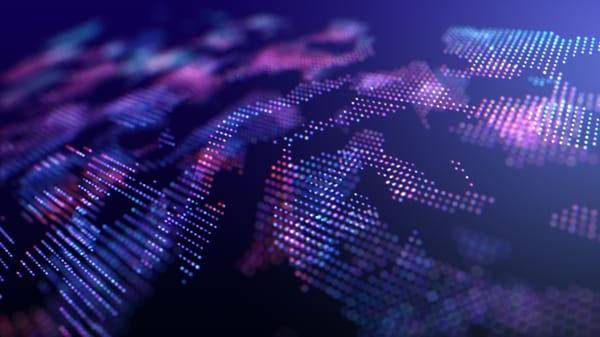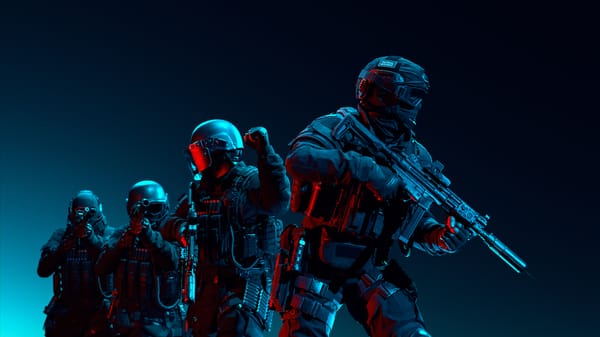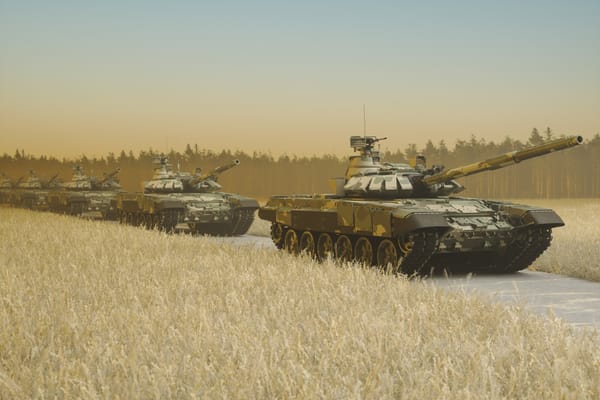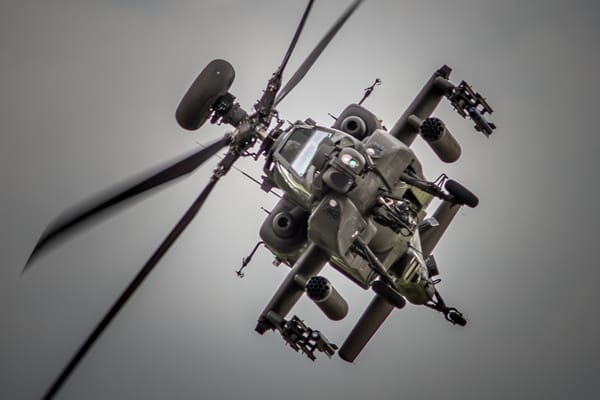🇮🇳 Research and Analysis Wing (R&AW)
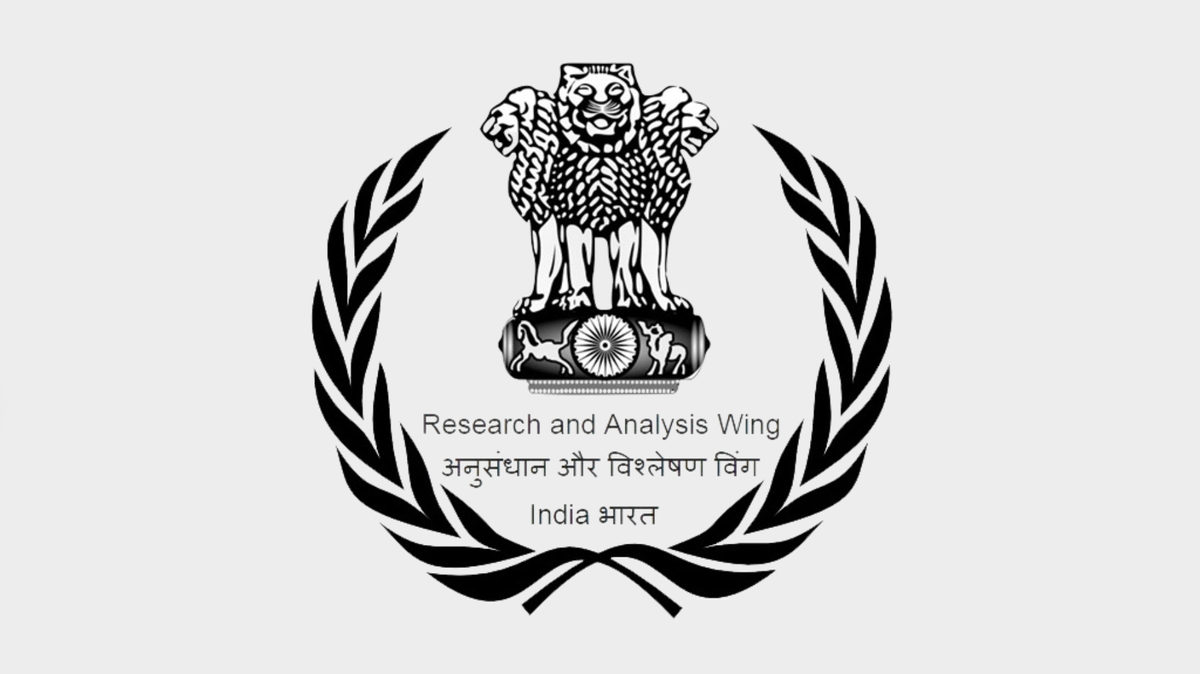
The Research and Analysis Wing (R&AW) is India’s premier foreign intelligence agency, established in 1968 to safeguard the nation’s external security interests. Tasked with gathering political, military, economic, and technological intelligence from beyond India’s borders, R&AW plays a critical role in shaping the country’s foreign policy and strategic decisions. Over the decades, its mandate has expanded to include a wide range of covert operations, espionage activities, and counterterrorism measures, making it an indispensable component of India’s national security architecture.
R&AW operates largely in the shadows, maintaining a network of operatives and informants across various countries, particularly in regions of strategic interest such as South Asia and the broader Indo-Pacific. Its responsibilities include monitoring potential threats from neighboring adversaries, intercepting communications that may indicate hostile activities, and neutralizing covert attempts by other states or non-state actors to destabilize India. Although the agency’s inner workings and operational details remain classified, its contributions to national security are widely acknowledged by policymakers and analysts alike.
In essence, R&AW functions as the eyes and ears of the Indian government in foreign territories. By collecting and analyzing intelligence, the agency not only informs critical decision-making at the highest levels of government but also helps preempt and counter emerging threats. In an era marked by rapid technological advances and evolving geopolitical challenges, R&AW continues to adapt its strategies and capabilities, ensuring that India remains well-equipped to face the complexities of the modern global landscape.
History
R&AW’s evolution is a fascinating story of transformation, reflecting both the shifting contours of regional geopolitics and the broader changes in the international security environment. Established in 1968 in the aftermath of the Sino-Indian War, R&AW was born out of a pressing need to rectify intelligence shortcomings and enhance India’s ability to anticipate and counter external threats. Its creation marked a decisive shift from traditional military intelligence to a more proactive, covert form of intelligence gathering that could operate independently of other state agencies.
Early Years (Late 1960s – 1970s)
In the wake of the 1962 war with China and the subsequent conflict with Pakistan, India recognized that traditional means of intelligence collection were inadequate for the challenges it faced. Under the visionary leadership of R. N. Kao—often credited as the architect of the agency—R&AW was set up as a small, agile unit within the government. Its primary focus was on monitoring the military and political developments in neighboring countries, with particular attention to China and Pakistan, whose actions were seen as direct threats to India’s security. Despite limited resources and the inherent difficulties of clandestine operations, R&AW quickly established a foothold, demonstrating the potential of covert intelligence to influence national security outcomes.
Expansion and Consolidation (1980s – 1990s):
The 1980s and 1990s brought a period of significant regional instability. India faced a new array of challenges, including insurgencies, cross-border terrorism, and the rise of non-state actors operating within and around its borders. During this time, R&AW broadened its operational scope. No longer confined to monitoring state actors alone, the agency began undertaking counterinsurgency operations and providing crucial intelligence support in volatile regions such as Afghanistan and the Kashmir Valley. These efforts were complemented by a push towards modernizing the agency’s analytical and technical capabilities, as it sought to integrate new surveillance technologies and data analysis methods into its operations.
In this phase, R&AW also started to forge stronger ties with international intelligence communities. Through discreet channels, it began exchanging information with its counterparts in allied nations, a move that would later prove vital in the global fight against terrorism. The consolidation of its operational framework during these decades laid the groundwork for R&AW’s ability to respond swiftly to both traditional military threats and the increasingly complex challenges posed by asymmetrical warfare.
Post-9/11 Era and Modernization (2000s – 2010s)
The terrorist attacks of September 11, 2001, heralded a new era in global security, one where transnational terrorism and cyber warfare emerged as dominant threats. In response to this transformed landscape, R&AW embarked on a comprehensive modernization program. Recognizing that the nature of intelligence had shifted dramatically, the agency invested in advanced technologies such as satellite surveillance, cyber intelligence systems, and sophisticated communication interception tools. These upgrades not only enhanced its ability to gather actionable intelligence but also allowed for faster and more accurate analysis of emerging threats.
During this period, R&AW’s role expanded beyond the traditional realms of espionage and covert operations. The agency increasingly found itself at the forefront of India’s counterterrorism strategy, providing critical intelligence that helped prevent potential attacks and disrupt extremist networks. Moreover, as global intelligence sharing became ever more important, R&AW strengthened its international collaborations, contributing to joint efforts aimed at combating terrorism and cyber threats. This period of rapid evolution underscored the agency’s adaptability and its commitment to staying ahead of rapidly changing security dynamics.
Recent Developments
In the past decade, R&AW has continued to evolve in the face of new challenges. With regional tensions in South Asia—exacerbated by issues such as cross-border terrorism, the strategic rivalry with Pakistan, and China’s growing assertiveness—the agency has refined its operational strategies. It now places greater emphasis on cyber warfare, countering disinformation campaigns, and protecting India’s critical infrastructure from espionage and sabotage. Although much about its current operations remains cloaked in secrecy, it is clear that R&AW’s historical trajectory has been one of continuous adaptation and innovation, ensuring that it remains a pivotal instrument of India’s national security policy.
Outlook
Looking ahead, the future of R&AW is set to be as challenging as it is critical. The global security landscape is rapidly evolving, and the agency must continue to adapt to meet new forms of threats while preserving its long-standing traditions of stealth and operational excellence. Over the next 5–10 years, several key issues and challenges will likely shape R&AW’s evolution.
One of the most significant challenges will be the rapid advancement of digital technology. Cyber espionage, digital surveillance, and information warfare have emerged as potent tools for adversaries around the world. R&AW will need to invest heavily in cyber intelligence capabilities and artificial intelligence to sift through vast amounts of digital data and pinpoint actionable threats. In an era where a cyberattack can paralyze critical infrastructure within minutes, the agency’s ability to detect and neutralize such threats will be paramount.
Another area of concern is the increasing complexity of hybrid warfare—a blend of conventional military tactics, cyber operations, and information manipulation. As adversaries deploy multi-dimensional strategies that blur the lines between state and non-state actors, R&AW will be compelled to develop integrated approaches that combine traditional espionage with modern technological warfare. This may involve enhanced collaboration with other branches of India’s security and defense establishments, ensuring that intelligence insights translate effectively into comprehensive national defense strategies.
Geopolitically, the agency will continue to face enduring challenges in South Asia. Tensions with Pakistan, the strategic competition with China, and the volatile dynamics of the Indo-Pacific region will require R&AW to maintain robust intelligence networks and proactive operational capabilities. At the same time, as India’s global influence grows, the agency will likely expand its focus to include regions and issues that extend beyond its traditional neighborhood.
Furthermore, internal reforms and increased oversight are expected to shape the future of R&AW. In a democratic society, the balance between operational secrecy and accountability is delicate. Moving forward, there may be calls for greater transparency and legislative oversight to ensure that the agency’s covert activities remain aligned with India’s democratic values. Such reforms, while potentially constraining in some respects, could also drive the modernization of internal processes and improve the strategic use of intelligence.
Ultimately, the next decade will be a period of transformation for R&AW. As it grapples with the dual imperatives of technological modernization and strategic adaptability, the agency is likely to emerge more resilient and better equipped to counter both traditional state-based threats and the multifaceted challenges of the digital age. Its continued evolution will be central to ensuring that India’s security apparatus remains robust and responsive in an increasingly unpredictable world.
In summary, the Research and Analysis Wing has journeyed from a modest post-war initiative to a sophisticated intelligence powerhouse. Its history reflects a constant process of adaptation in response to both regional and global challenges, while its future hinges on embracing technological innovation, enhancing inter-agency cooperation, and navigating the complexities of modern hybrid warfare. As R&AW continues to evolve, it remains a vital guardian of India’s national interests, committed to ensuring that the nation stays one step ahead in an ever-changing security landscape.


